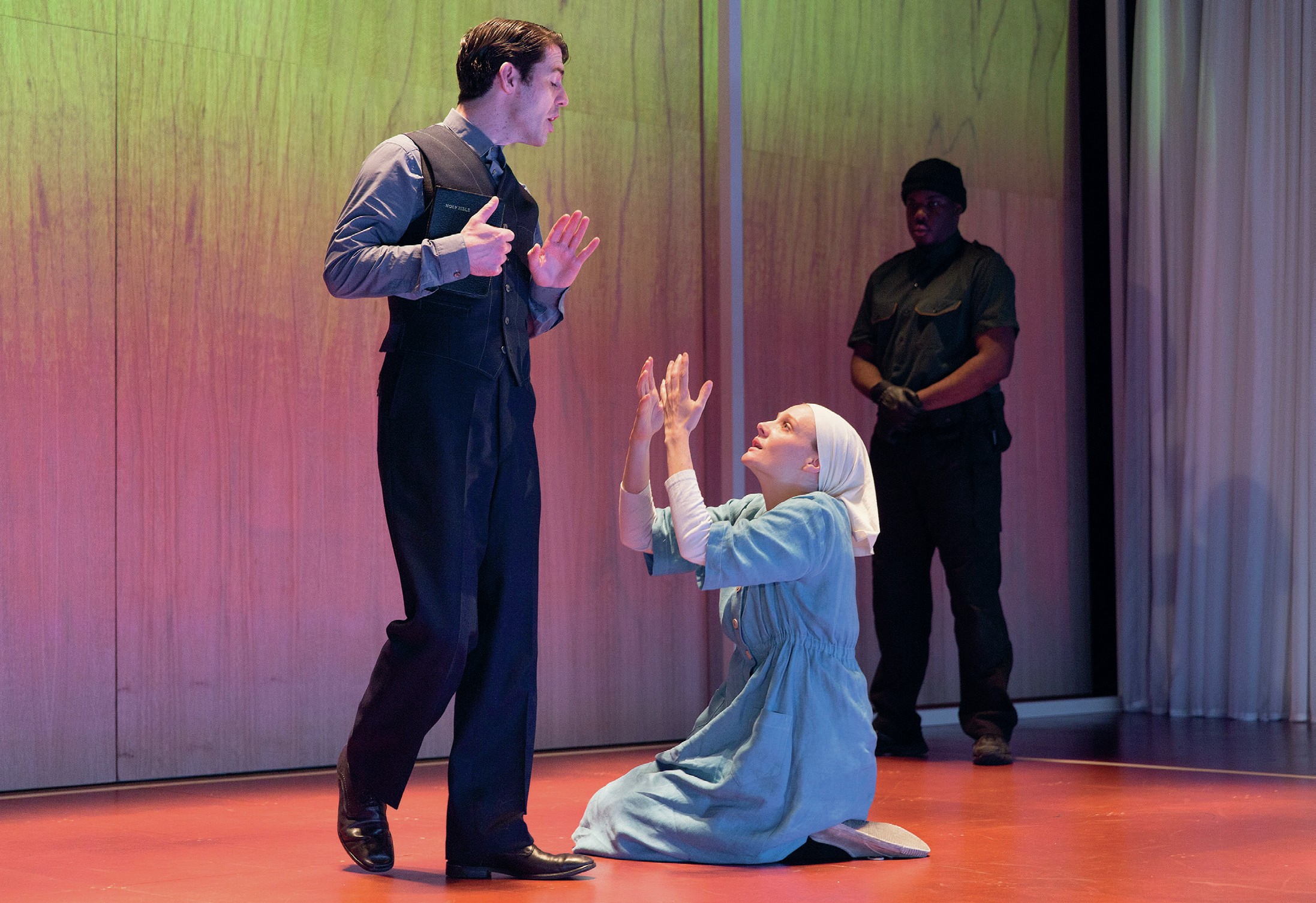
When faced with an unseen text, there is a temptation to hunt for treasure. That is, to spot isolated features such as dazzling metaphors or interesting descriptions and write about them at length. While it is helpful to analyse and consider such aspects as part of an answer that explores overall meaning, an approach that is overly reliant on spotting features and describing them can lead to a disjointed response that fails to see the wood for the trees. This article encourages you to look at the bigger picture by considering overall structure and by thinking about how narratives are put together and what drives them.
Since you are usually given an entire poem to write about, poetry offers the most scope for comments on overall structure. If you recognise the form a poem is written in, this is helpful. For example, a Petrarchan sonnet contains a section of eight lines (an octave) followed by six lines (a sestet). It is useful to consider the experience presented in the octave and to notice the volta — the shift in tone or mood that typically comes after this section — and consider the new mood that comes in the sestet. A sonnet is an ideal form for wrestling with a problem or an emotional situation. As such, it often contains a kind of narrative as ideas develop and reach a resolution or conclusion. By looking closely at the different parts of the poem, you can track the speaker’s thoughts and feelings, think about how they develop and consider the extent to which matters are resolved at the end.
Your organisation does not have access to this article.
Sign up today to give your students the edge they need to achieve their best grades with subject expertise
Subscribe



